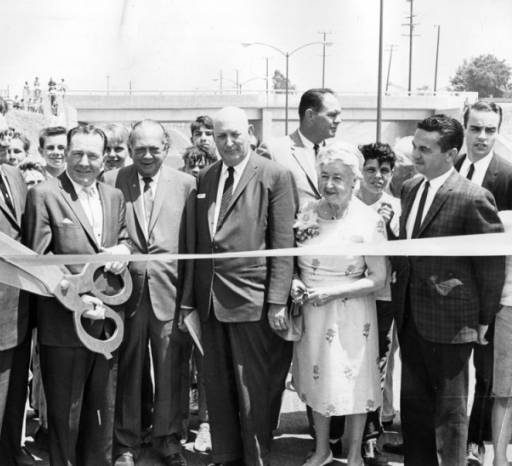UNITED STATES—Nine minutes of video brought many White people a sudden awareness that different treatment for people of brown and browner skinbn was a real thing. Say the name, George Floyd.
I was not a newcomer to that unequal treatment. When a friend of mine, a widely traveled Rhode Islander, came to Los Angeles for the first time five years ago, he praised its cosmopolitanism and Los Angeles went straight to the top of his list of American cities he’d ever visited.
On that weekend, wherever we went, from Inglewood to the Sunset Strip, with uncanny regularity we saw the police with young men being handcuffed or held against walls. Over and over again. Not till I was taking my friend back to the airport on Monday, we saw police with a White boy on his knees by Hollywood and Highland. “There, finally,” we exclaimed like we’d seen a UFO. During my friend’s visit the monotonous algebra of skin color in the police’s targeting of Whites and Non-Whites was conspicuous.
Last night, I heard a voice on a podcast marveling that many proposed reforms for police procedure weren’t already in place, such as warning a person (i.e. saying, “Hey, I’m going to shoot you.”) before pulling the trigger. Hearing that voice over our own supper conversation bubbled up something spooky—something I once heard and did not see. I didn’t hear the victim say a single word.
For nine years I taught evening adult ESL classes in Sun Valley, an area in the San Fernando Valley along the Hollywood Freeway and between North Hollywood and Pacoima. One night, in the 2000s, I was driving home by way of Laurel Canyon Boulevard. It was after 9 o’clock and I was very tired. There was a dark stretch on Laurel Canyon after Saticoy as the road slopes down to an underpass before Sherman Way. Here a long row of trees helps block an auto yard from view, and there is a sizeable stretch without any streetlights on the southbound side of the street, where I pulled over to take a nap. I had one final chore that night: to clean and close a laundromat in West Hollywood where I was manager.
At one point I was deep asleep in my car.
Then a powerful light was beaming back at me from the rearview mirror. It hurt my eyes. My eyes were open, but it was like a dream. The searing light was being pointed through the windows of another car that was now stopped maybe a dozen feet behind me, maybe more.
A firm intense voice bellowed from behind that car, which I remember as a Volkswagen.
“Drop the weapon. Drop the weapon.”
The person being told to drop the weapon did not respond. A gunshot was fired. Now after being submerged more than a decade, it echoes and reverberates in memory.
My heart was pounding. My whole body was tingling after the snap transition from sleeping dream to awake dream. I started my car and got out of there and halfway to Hollywood. If I didn’t reach the laundromat in time, I’d be locked out and the place would be a mess the next morning. I had to hurry. But then something took hold of me; it was essential to drive back to Sun Valley and not miss the only chance to determine if this had been a dream.
Also, what I had witnessed as an ear witness on the dark stretch of Laurel Canyon Boulevard might be of help to someone.
By the time I reached the intersection of Saticoy and Laurel Canyon Boulevard, with mini-malls with payday loans and pupuserías, near where the shooting occurred, it was swarming with police. The profusion of floodlit vehicles and people in different uniforms suggested a movie set. It is surprising how much life and movement can sprout up where one anonymous life has been snuffed out, and what’s more: if anything, this scene deep in the San Fernando night felt more dreamlike than before.
I managed to meet a detective. Call him McAllister. He had a nice tie and the color of his hair suggested he might be around retirement age. He took my name and number. He gave me his card and said to call him back. I did, and if I know myself I called and left messages three times and never heard back.
I never heard back, nor did I get the story of what led up to the shooting and what happened afterward. Never got closure. Was the victim holding a steak knife or a .357 Magnum? The LAPD keeps crime reports only 10 years, according to the North Hollywood Community Police Station hotline. What I remember was more than 10 years ago. At all events, an officer who fired in the line of duty after perceiving a lethal threat is unlikely to figure in a crime report. As I am newly troubled by the shooting, the trail remains cold.
Still, I have always wondered what if the guy—it was probably a guy—holding the weapon didn’t speak a word of English?
Graydon Miller is the Wizard of Fiction. His new novel, Mujeres con navajas (80 Mph Press) is about the landmark Watsonville packing-plant strike of the 1980s, seen through the eyes of one family.






